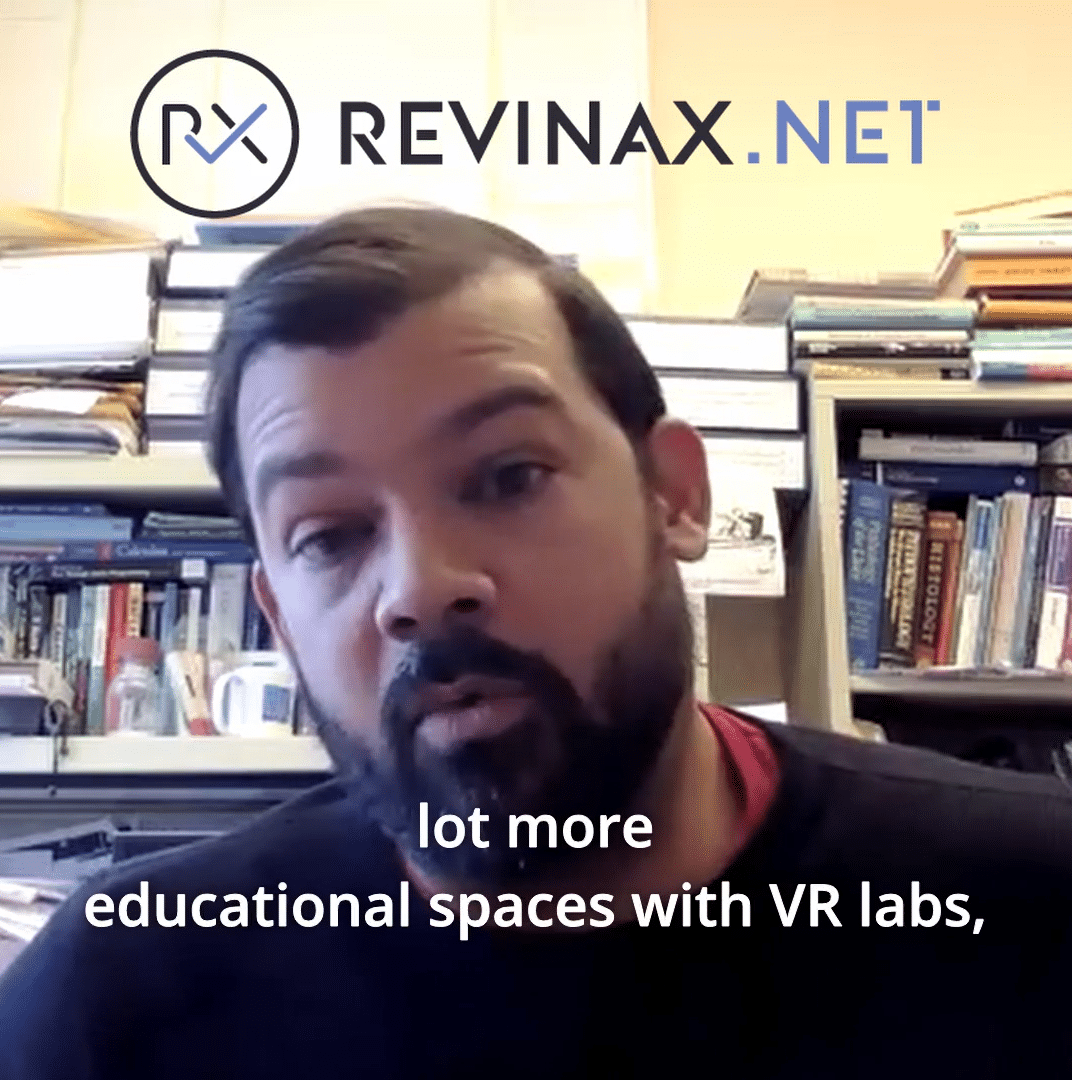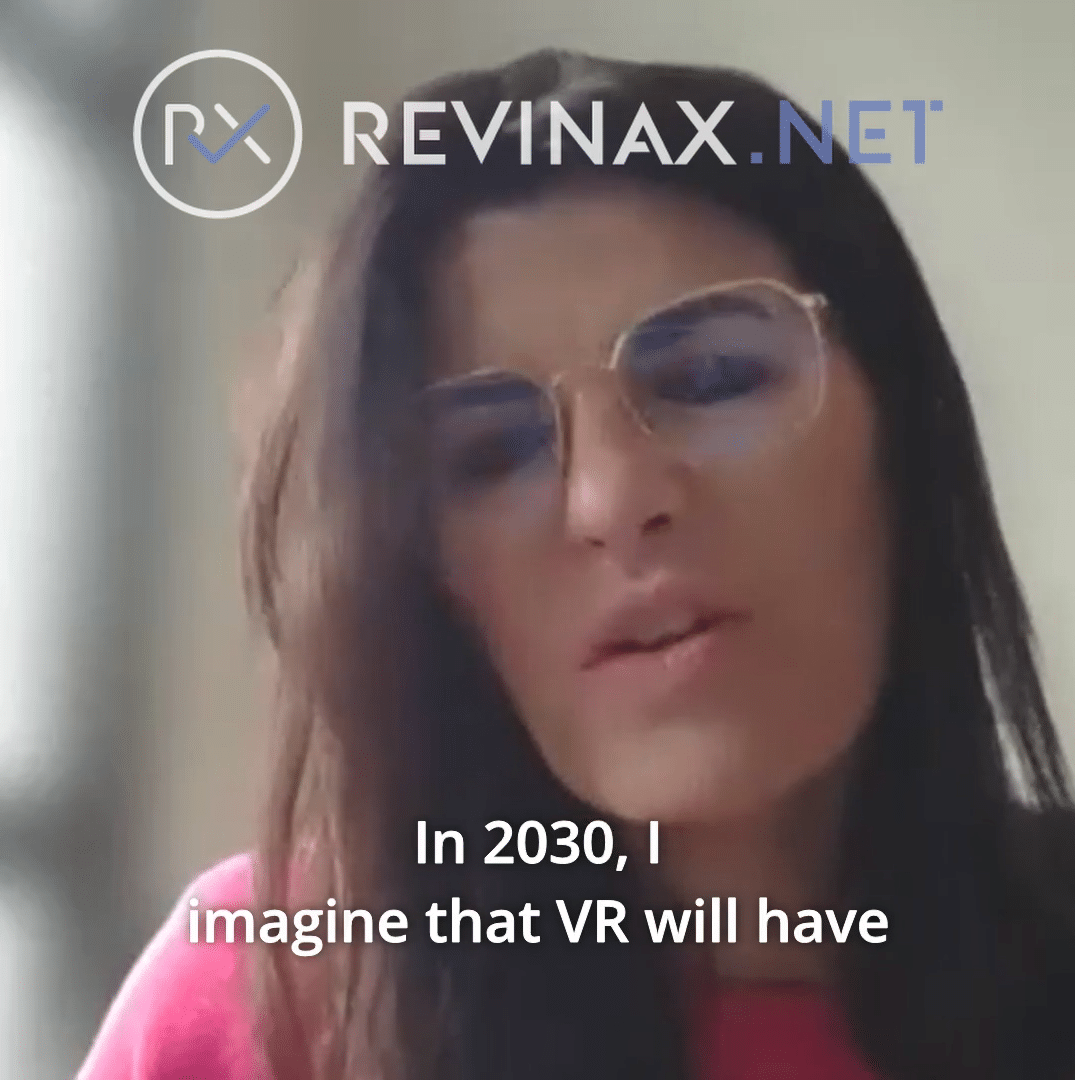Whatever sector your company is in: medicine, manufacturing industry, energy, services, etc., Revinax’s immersive tutorials offer many use cases with a wide range of benefits.
For inspiration, here’s a selection of some of the most interesting.
Production: Learning a Technical Movement or Complex Procedure
SECTOR: Industry
Other sectors potentially involved: Energy, Medical, Construction, Logistics, Food Processing, etc.
OBJECTIVE: to design an immersive tutorial for training employees to perform all of the technical movements involved in the production process. The goal was for learners to optimize their performance and maximize quality (minimize the error rate), without using the production lines or exposing learners to the risk of an accident.
ADVANTAGES:
- The immersive environment optimizes learner engagement and attention, ensuring a better rate of memorization.
- The use of 3D videos taken from the first-person POV of an expert performing a technical movement activates the motor neurons of the operators watching the tutorial, allowing them to learn better and faster (as if they were performing the movements themselves).
- These experiential learning capsules can be used as many times as necessary and under any circumstances, with only a VR headset (or a smartphone with a cardboard viewer, or a 2D tablet), without exposing learners to risk or stress. This makes learning more effective.
RESULTS:
- A significant increase in memorization of technical movements and more reliable performance (reduced error rate).
- A drastic reduction in training time.
- It can be used by as many learners as necessary.
EXAMPLE: STMicroelectronics France
For STMicroelectronics, we designed an immersive tutorial for easily and reliably conveying a repackaging technique. The use of this tutorial, available on PC, tablet, VR headset, and AR headset, allowed STMicroelectronics to reap the first benefits, such as better skill acquisition, increased memory, and more reliable performance of procedures.
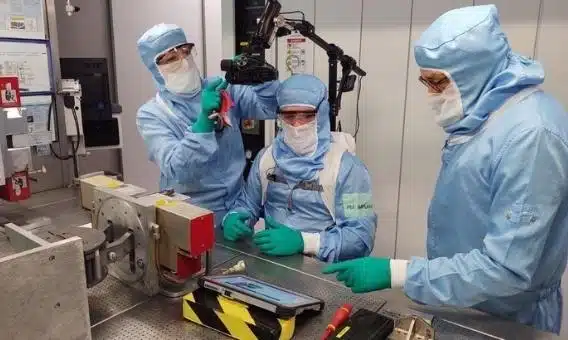
ST is one of world’s largest semiconductor manufacturers. It supplies energy-efficient smart products and solutions that are in the electronics we all use every day.

Marketing and Commerce: Creating a Demo Close to Real Life
SECTOR: Facility Management, Business Services
Other sectors potentially involved: Material and equipment manufacturers, medical device manufacturers, etc.
OBJECTIVE: to design an immersive tutorial to present a new product or device to potential clients in such a way that they easily and concretely grasp how it operates and the benefits of using it under real-life conditions, without having to move equipment or request the presence of an industry expert.
ADVANTAGES:
- Immersion in a virtual environment significantly increases user engagement and concentration. This ensures that the product is presented in a way perfectly suited to the prospect! This type of innovative experience also creates sensory and emotional simulation strong enough to generate a “wow!” effect in the user.
- Using 3D videos shot from the first-person POV (of an expert user) intensifies the user’s immersion in a real-life environment. Moreover, these videos demonstrate handling of the product or equipment by an expert user. This subjective view promotes understanding (and memorization) of how to operate the product and of the benefits it can provide.
- Another advantage of video is its production cost is much lower than for reconstituting scenes using synthesized images.
- This digital presentation method offers a truly new product experience, without the product being physically present (especially beneficial for cumbersome or expensive equipment), and without having to bring in a technical expert. Likewise, an immersive tutorial has the advantage of being usable in any situation: remotely, at a trade show, etc.
- Another advantage related to the digital nature of these immersive tutorials is that they are easy to deploy to a large audience. Even lack of a VR headset isn’t a limit since Revinax tutorials are designed to be usable with a smartphone and cardboard viewer, or even a tablet (or PC) in a 2D version.
RESULTS:
- A significantly improved commercial impact thanks to the “wow” effect and faster identification of the benefits produced for the prospects.
- Faster product adoption, especially for technical and complex products
- Increased capacity to deliver and disseminate ultrarealistic product experiences, at a competitive cost (especially compared with in-person demonstrations).
- Reinforcement of the company’s innovative image
- Increased customer connection
EXAMPLE: ISS France
Development of an immersive tutorial for demonstrating new cleaning equipment. The objective: to allow the company’s sales force to let customers experience all of the advantages and efficiency of the product without having to transport the product or bring in an industry expert to perform the demonstration.
The tutorial was deployed throughout the sales force. Results: a significant commercial impact and positive customer feedback. As an additional benefit, the company’s innovative image was reinforced.
ISS is a leader in providing facility management and services to companies. It has more than 60,000 clients in more than 30 countries. ISS Propreté designs solutions for cleaning professionals, transparent and made to order, in close relationship with its clients.
ISS Logistique & Production specializes in plant logistics, providing delegated logistics and production operations to improve flexibility and expertise.
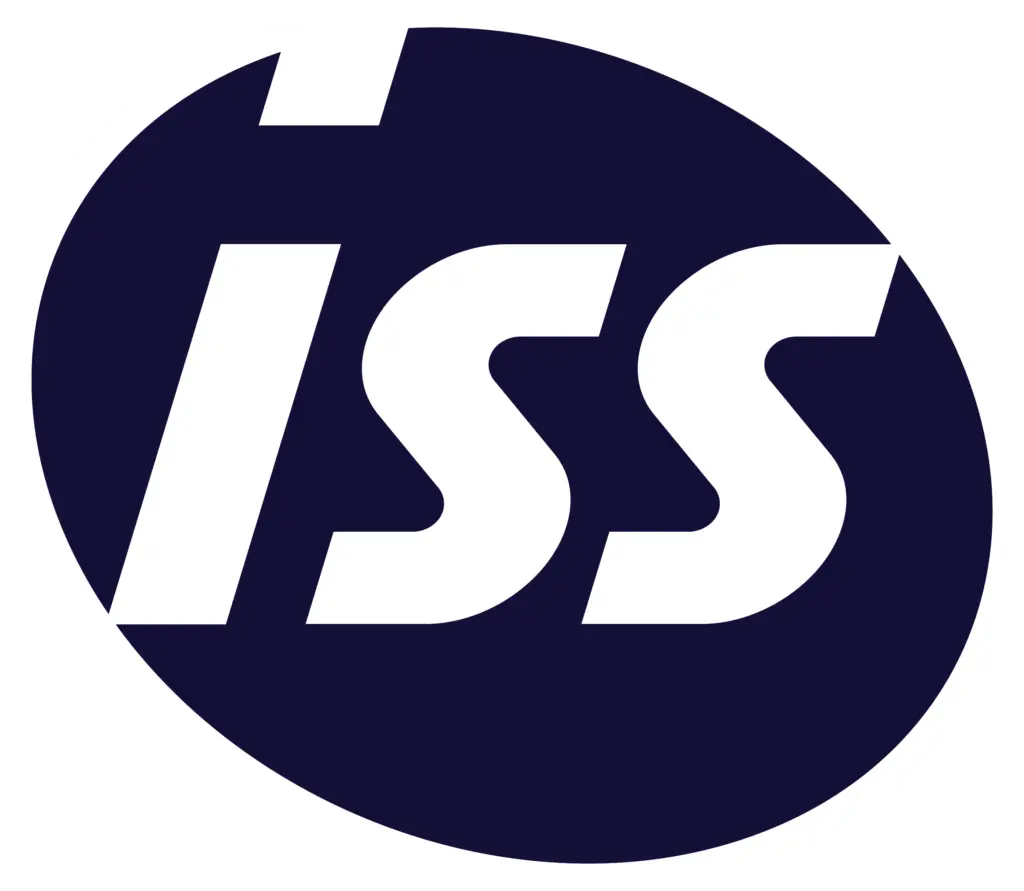
More Efficient Maintenance of Production Equipment
SECTOR: Industry, Food Processing, Energy, etc.
OBJECTIVE: To increase the operational efficiency and responsiveness of maintenance teams on the production site by making immersive tutorials available to them.
These tutorials focus on different problems:
– Improving and ensuring the quality of technical skills and complex procedures (see case no. 1)
– Preparing and increasing the responsiveness of teams to critical or even dangerous situations (equipment failure, incidents)
– Maintaining a good level of technical mastery for maintaining the machinery and equipment installed on the production lines
ADVANTAGES:
- The combination of virtual reality and first-person 3D video makes Revinax tutorials one of the most effective means for learning technical movements and complex procedures. They also shorten training time and reduce errors.
- Immersion in an environment mixing virtual reality and 3D video (with video to increase the level of realism) allows any situation to be simulated (equipment failure, incidents, etc.) and provides users with a realistic experience in complete safety, resulting in teams that are better prepared and more responsive.
- Help with equipment adjustments and maintenance in the workplace through immersive tutorials has many benefits in terms of efficiency (avoiding the use of written documentation and calling too often on the company’s experts) and cost (no training or travel to the site of the equipment manufacturers, for example).
- Availability of immersive tutorials 24/7 lets users access them whenever and wherever they deem it necessary and review the tutorials to keep their skills active and at the ready.
RESULTS:
- Faster, more efficient learning of maintenance techniques and methods
- Efficient review of good practices and quality procedures
- Better response of maintenance teams in the face of critical situations (incidents, equipment failure, etc.)
- Consequently, a direct impact on the availability of the production equipment (less down time, longer equipment life, etc.)
- Control of costs for training maintenance teams, thanks to a reduction in time and the need for in-person training.
EXAMPLE: Gemalto
Maintenance is one of the main fields of application for Revinax tutorials, as noted in 2019 in L’Usine Nouvelle, which mentioned, in particular, collaborations with “Gemalto for transferring specific know-how and several groups specialized in maintenance and cleaning of nuclear reactors.”
For Gemalto (now Thales Digital Identity and Security), Revinax designed tutorials allowing teams to be trained in procedures for adjusting machine tools. It has a built‑in decision-making tree: different scenarios are triggered by the learner’s actions or decisions. By repeating these tutorials several times, users improve their decision making with regard to machine tool settings.
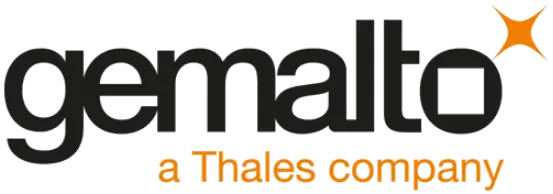
QHSE: Improving Safety Awareness
SECTOR: Industry, Construction, Energy, etc.
OBJECTIVE: designing an immersive tutorial to sensitize employees to the importance of following safety instructions in the workplace and/or improving their response to emergencies (accident, damage, etc.). The objective: to improve employee safety and reduce the actual number of accidents by increasing the ability to anticipate risks and the vigilance of the staff.
ADVANTAGES:
- The impact of immersive technologies: due to increased sensory and emotional engagement, users’ attention and, ultimately, their memorization capacity are optimized. Users remember these risks as if they had actually lived them, so that their vigilance remains active long-term.
- The use of 3D video in first-person POV considerably enhances users’ immersion in a perfectly realistic environment. Under these conditions, the simulation of risky or dangerous situations has a particularly strong impact and ensures they will take it very seriously. In addition, the use of videos reduces the production costs of the tutorials (compared with the cost of designing fully virtual experiences).
- Immersive tutorials can, by nature, be used at any time and on multiple occasions. They are especially suited to repeated use, a sort of “booster shot,” to keep safety instructions from being increasingly disregarded over time.
- These experiences are immersive, yet still virtual: they increase employees’ awareness of security issues without exposing them to the slightest risk. In contrast to conventional training, they also avoid the need to bring in people and tie up the workplace for too long.
RESULTS:
- More effective and longer lasting awareness of workplace accidents because of repetition.
- Fewer work-related accidents
- Decreased training costs compared with in-person methods
EXAMPLE: Arkema
We created an immersive tutorial for the French chemical group Arkema about movements within the plant. The objective: to maintain a high level of vigilance for risks that tend to be increasingly disregarded over time. To maximize the impact of this awareness training, videos showed realistic accident situations filmed from a subjective point-of-view.

Onboarding: Facilitating the Integration of New and Interim Employees
SECTOR: Industry, Services, Energy, Construction, Logistics, Food Processing, etc.
OBJECTIVE: To facilitate the integration of new and interim employees and accelerate their onboarding through the use of an immersive tutorial to complement the onboarding process. For example, this tutorial can take users on a virtual visit of the business’s key premises while informing them of the safety instructions to follow. Specialized on a specific position, this tutorial can present the work station as well as the basic procedures related to this job.
ADVANTAGES:
- Immersion in a true-to-life environment for faster assimilation of basic information.
- Technical procedures and movements performed by an experienced person, presented by video in a subjective (first-person) view, ensuring fast, confident learning.
- A discovery phase in a virtual environment to avoid any risk of accident.
- Tutorials that can be used at any time and as many times as necessary, ensuring good memorization.
- More effective learning: by watching these tutorials, operators go from learning to understanding. When faced with the actual machine, they will be less anxious because they will have experienced this new environment before.
RESULTS:
- Faster onboarding
- Fast assimilation of workplace safety instructions
EXAMPLE: GSF Propreté & Services
Revinax created a tutorial for GSF personnel working in a nuclear reactor, allowing them to familiarize themselves with the safety procedures (putting on and taking off their protective suits).
The objective: To give employees the most realistic experience possible in advance, in order to reduce the risks of stress of employees arriving at a high-risk site (nuclear reactor). Revinax tutorials, using first-person video scenes, complement existing devices that use only synthesized images. These fully virtual devices are unable to retranscribe all of the details of real-life situations.
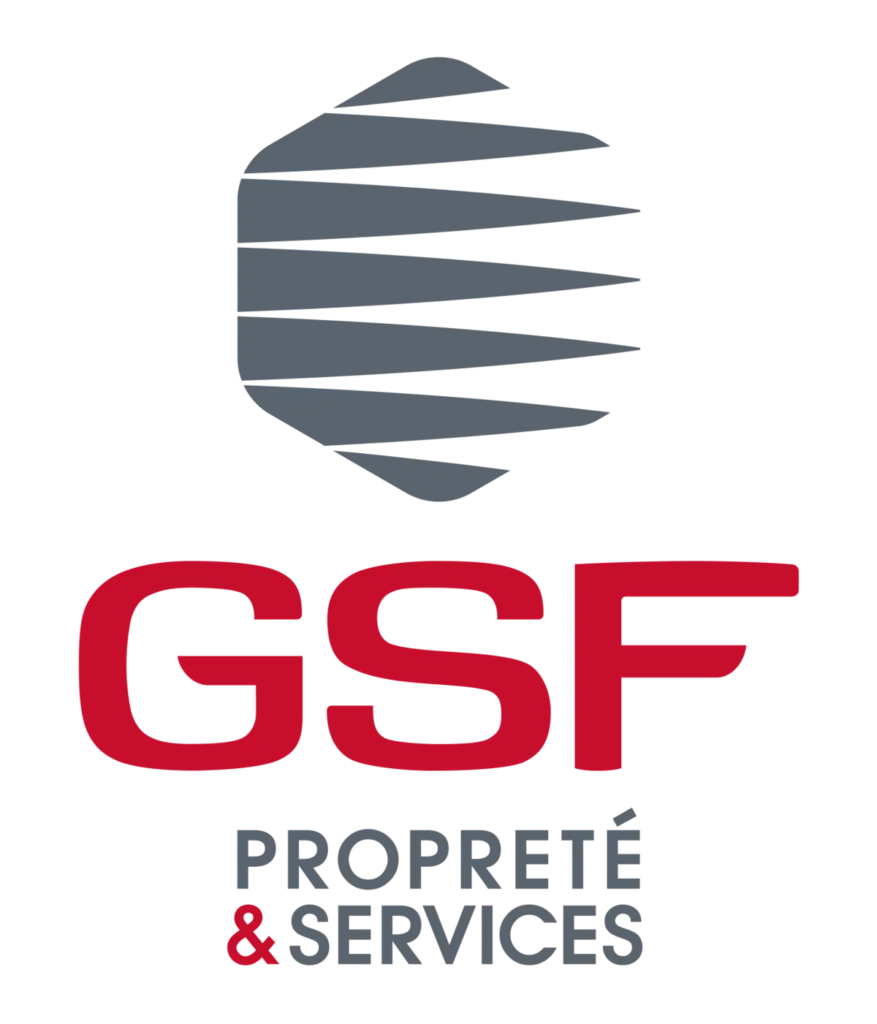
Methods & Procedures: Renewing Compliance with Good Practice and Disseminating New Methods
SECTOR: Industry, Construction, Energy, Medical, Food Processing, etc.
OBJECTIVE: to design an immersive tutorial to refresh the teams’ awareness of the need to follow procedures and good practice or to introduce a change in a procedure, a use case similar to learning a technical movement (see above).
ADVANTAGES:
- Immersion and first-person videos: faster memorization of technical movements and procedures
- Tutorials that can be used repeatedly as a refresher to maintain performance quality
- Speed of production (and modification) of tutorials.
RESULTS:
- Fast refreshing of good practices and technical procedures
- Better compliance with procedures, improved quality
- Reduced training time
Training: Large-scale Deployment of a Technical Learning Solution
SECTOR: Industry, Construction, Energy, Medical, Food Processing, etc.
OBJECTIVE: to design an immersive technical learning tutorial (to learn performance of a movement, procedure, equipment handling, etc.) that must be rapidly deployed to a large number of employees and/or expanded to several sites. The objective: to disseminate technical know-how as efficiently as possible while better controlling training costs.
ADVANTAGES:
- Efficiency: The learning of technical movements and procedures is accelerated through the use of immersive technologies combined with first-person video.
- Ease of dissemination: The tutorials are designed to be used under any circumstances, by as many people as necessary. This also allows good practice to be disseminated very quickly.
- A completely scalable investment: Aside from the initial design costs, deployment of the tutorials requires only the purchase of VR headsets. Again: a simple cardboard with a smartphone may suffice! Compare this with the budget required to deploy an in-person solution: there is no logistical cost or training time to schedule.
- Another point of scalability: These tutorials can be deployed in a multilingual version.
RESULTS:
- Considerable savings of scale compared with conventional training solutions
- Elimination of space and time constraints
- Optimal learning efficiency


